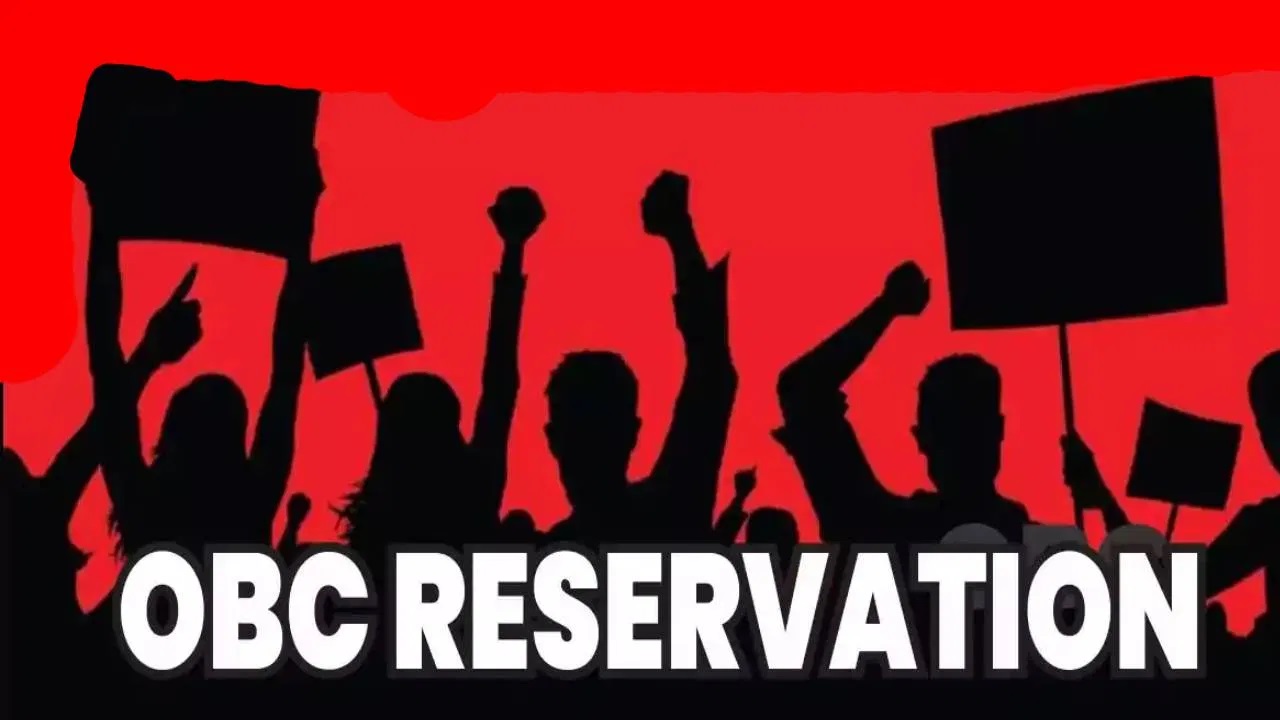OBC Reservation Reforms: A Step Towards Social Justice
Context
The Central Government is considering the introduction of “equivalence” in applying the creamy layer condition for OBC reservations across central and state institutions, PSUs, universities, and government-aided bodies. This reform is aimed at removing anomalies, ensuring fairness, and standardizing criteria so that individuals with similar socio-economic status are treated uniformly.
Introduction
The concept of the creamy layer originates from the Indra Sawhney vs Union of India (1992) judgment, which upheld OBC reservation but excluded the affluent sections. Over time, several circulars and clarifications—such as the 1993 DoPT circular, 2004 clarification, and 2017 revision of income ceiling to ₹8 lakh—have sought to define who qualifies under this exclusion. However, the absence of uniform application across sectors has led to inconsistencies and unfair exclusions, prompting the present move for equivalence.
Background: The Creamy Layer Concept
-
Introduced through Indra Sawhney (1992) to exclude affluent OBCs.
-
1993 DoPT circular listed categories like children of high officials and professionals as ineligible.
-
2004 clarification extended criteria to the non-government sector based on income.
-
2017 revision fixed the income ceiling at ₹8 lakh per annum.
The Problem: Anomalies in Implementation
-
Different treatment of similar positions across central, state, PSU, and aided bodies.
-
Children of university professors get benefits, while those of aided-college teachers of equivalent rank are excluded.
-
PSU employees are treated differently across central and state levels.
-
Over 100 civil service aspirants (2016–24) were disqualified due to inconsistent application of norms.
Proposed Reform: Equivalence in Application
-
University teachers: Assistant Professor and above to be considered creamy layer (equivalent to Group A).
-
Autonomous/statutory bodies: Posts to be aligned with central or state pay scales.
-
State PSUs: Executive-level posts included under creamy layer, subject to ₹8 lakh exemption.
-
Government-aided institutions: To follow service conditions/pay equivalence of central or state staff.
-
Private sector: Only income/wealth criteria to apply, due to wide variations.
Significance of the Move
-
Ensures fairness and uniformity in reservation eligibility.
-
Corrects anomalies affecting children of aided-institution staff.
-
Strengthens social justice by targeting benefits to disadvantaged OBCs.
-
Provides legal and administrative clarity, reducing multiple interpretations.
-
Builds political trust among OBC communities in reservation policies.
Challenges Ahead
-
Resistance from groups set to lose benefits.
-
Complexity in defining equivalence due to diversity in posts across PSUs and universities.
-
Private sector ambiguity, where only income tests may not capture true affluence.
-
Judicial scrutiny, as reforms must meet constitutional standards.
-
Periodic revision needed, since the current ₹8 lakh ceiling (2017) risks becoming outdated.
Way Forward
-
Establish transparent and rational criteria through DoPT guidelines.
-
Introduce a dynamic review mechanism for regular revision of income ceilings.
-
Base reforms on socio-economic data and surveys of OBC mobility.
-
Seek judicial endorsement to avoid prolonged litigation.
-
Maintain a balanced approach—excluding elites while safeguarding disadvantaged groups.
Conclusion
The proposal to introduce equivalence in creamy layer norms is a significant reform that goes beyond bureaucratic adjustments. It aims to restore fairness, consistency, and credibility in India’s reservation framework. By addressing long-standing anomalies, it strengthens the constitutional goal of social justice and ensures that the benefits of OBC reservations reach those who are genuinely disadvantaged.




Comments (0)